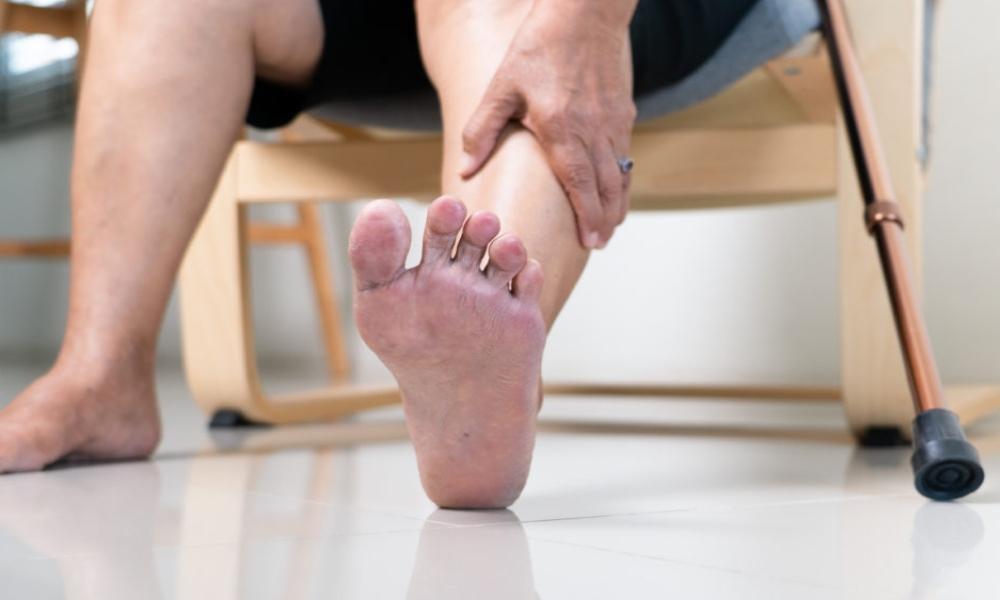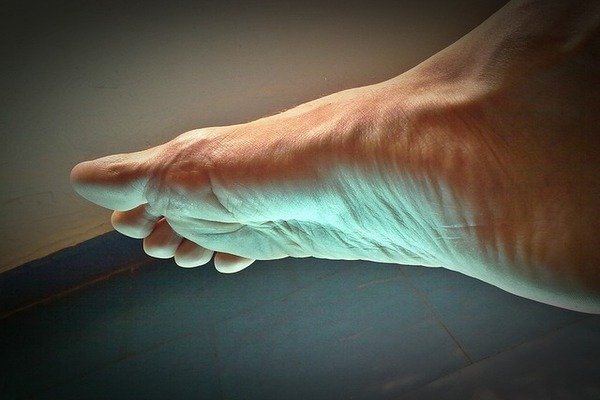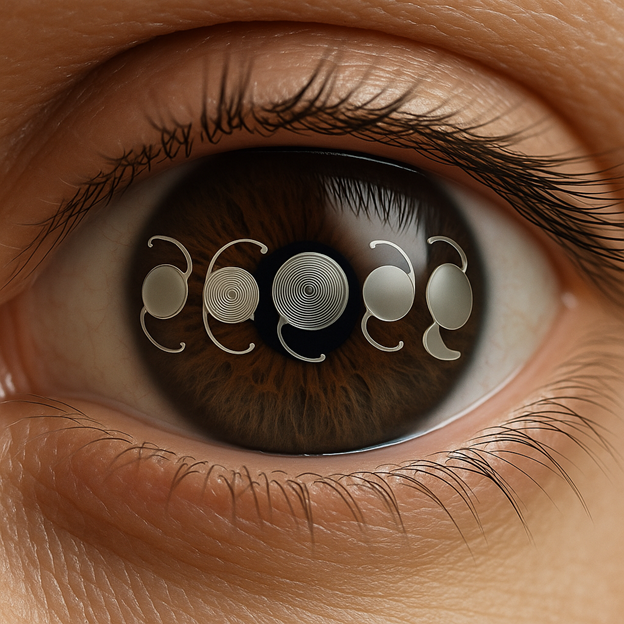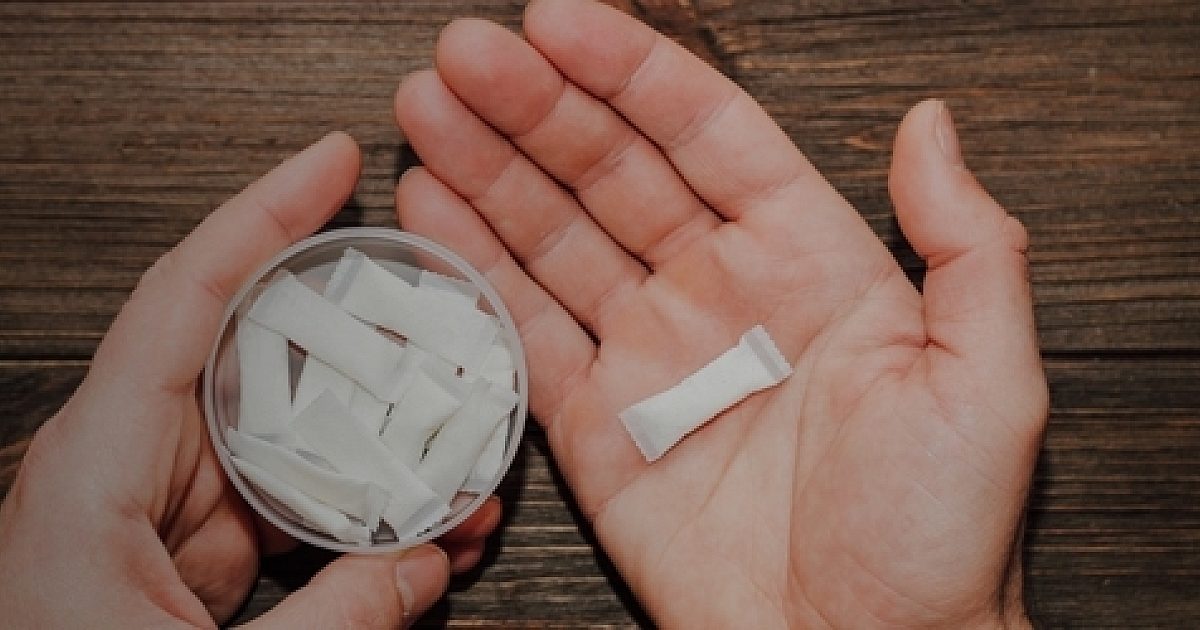
Innovative technologies play a vital role in enhancing wound recovery processes. Among these advancements, a VHT treatment machine is unique, as it utilizes vaporous hyperoxia therapy for individuals dealing with foot injuries. This approach not only addresses the physical aspects of healing but also significantly improves patient outcomes.
Mechanism of Vaporous Hyperoxia Therapy
The foundation of this therapy lies in its ability to deliver oxygen-rich vapors directly to the wounds on the feet. By creating an environment where oxygen levels are elevated, the body is encouraged to initiate its natural healing processes more effectively. This method enhances cellular metabolism, promoting the regeneration of damaged tissues and accelerating the overall recovery timeline.
Role of Oxygen-Rich Vapors
Oxygen is crucial for cellular function and repair. Vaporous hyperoxia penetrates deeper into tissues than traditional methods. This increased oxygen availability stimulates fibroblast activity, which is essential for collagen production and tissue repair. As a result, patients may experience faster formation of granulation tissue, leading to improved wound closure rates.
Accelerating Wound Closure
In addition to oxygen delivery, this therapy incorporates ionic and antimicrobial properties that further support recovery. The ionic mist helps to balance the electrical charge within cells, promoting better communication and function among them. Meanwhile, the antimicrobial effects reduce the risk of infections, a common complication in foot injuries. By minimizing infection rates and enhancing cellular activity, patients can achieve quicker closure of their wounds.
Reduction of Infection Risks
One notable advantage of this approach is its noncontact nature. Unlike some traditional methods that may cause discomfort or irritation, this therapy can be applied without direct contact with the skin. This feature not only enhances patient comfort but also significantly reduces the risk of introducing new pathogens into the wound site. Additionally, since it operates at room temperature, there’s no risk of thermal injury, making it safe for sensitive areas like the feet.
Improving Circulation and Revascularization
Chronic injuries suffer from poor blood circulation, which impedes recovery. The vaporous hyperoxia method helps to improve circulation by promoting vasodilation—the widening of blood vessels—which increases blood flow to the affected area. Enhanced circulation ensures that essential nutrients and oxygen reach the tissues more effectively, further supporting recovery efforts. This improvement in vascular function also reduces the risk of complications associated with poor blood supply, such as tissue necrosis or infection.
Combined with Standard Care
Integrating this advanced therapy with conventional wound care practices can yield even better results. While traditional methods focus on cleaning and dressing wounds, adding vaporous hyperoxia provides an additional layer of support that can enhance overall effectiveness. This combination allows healthcare providers to tailor treatment plans that address immediate needs and long-term recovery goals. Furthermore, it ensures a more comprehensive approach by targeting both the external wound environment and internal tissue regeneration processes.
Shortening Recovery Periods
Patients often seek solutions that promote healing in a timely manner. Vaporous hyperoxia has been shown to significantly shorten recovery periods. With quicker closure times and reduced complications, patients can return to their daily activities sooner, improving their quality of life. This time efficiency is particularly beneficial for individuals with chronic wounds, as prolonged healing can negatively impact mobility and mental health.
By utilizing vaporous hyperoxia therapy through the use of VHT treatment machines, individuals dealing with wounds on the feet can benefit from enhanced tissue regeneration, reduced infection risks, improved circulation, and faster recovery times. Embracing such technologies aids in physical recovery and empowers individuals to regain their mobility and independence more swiftly.




